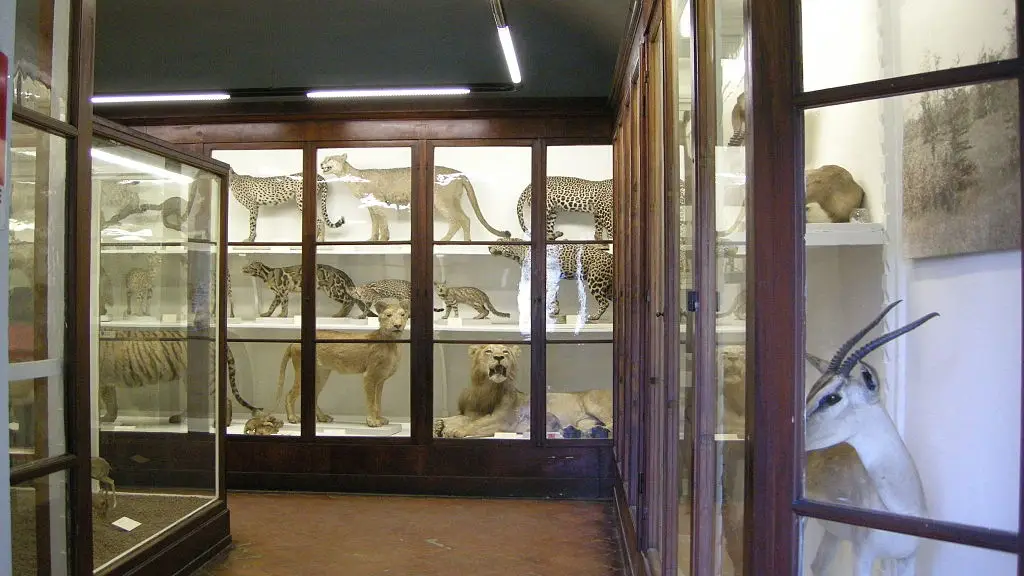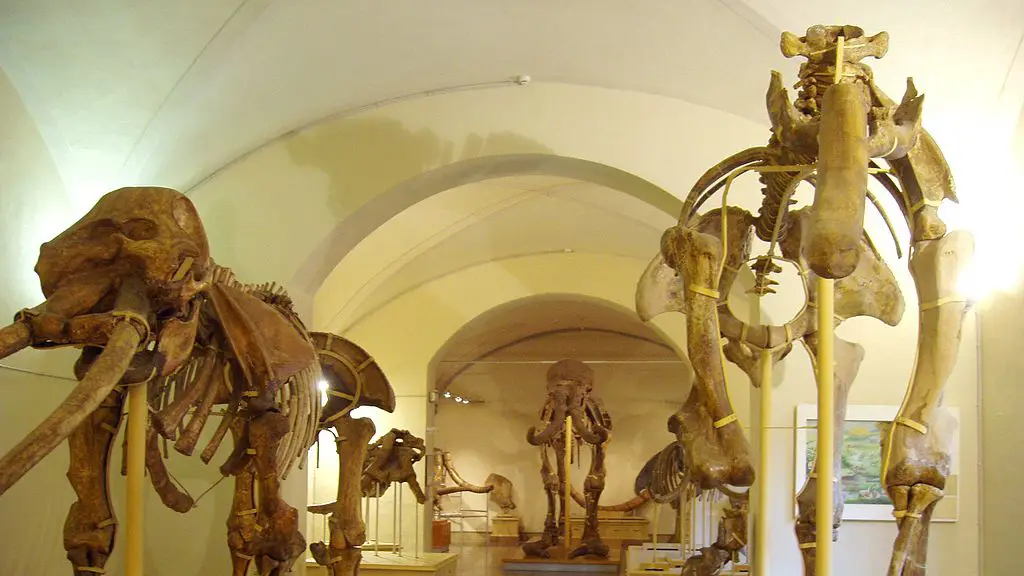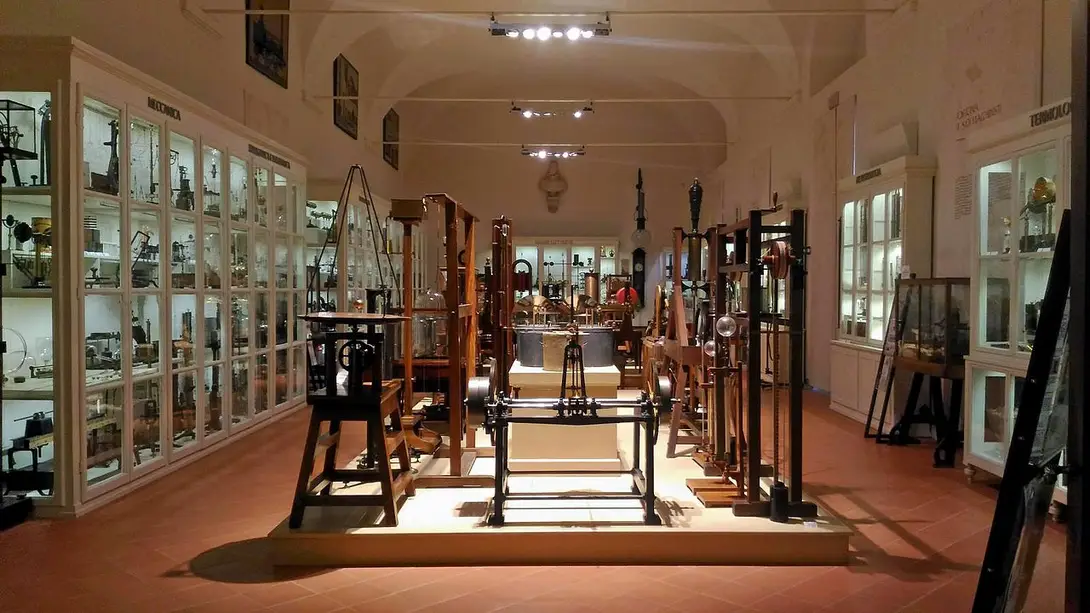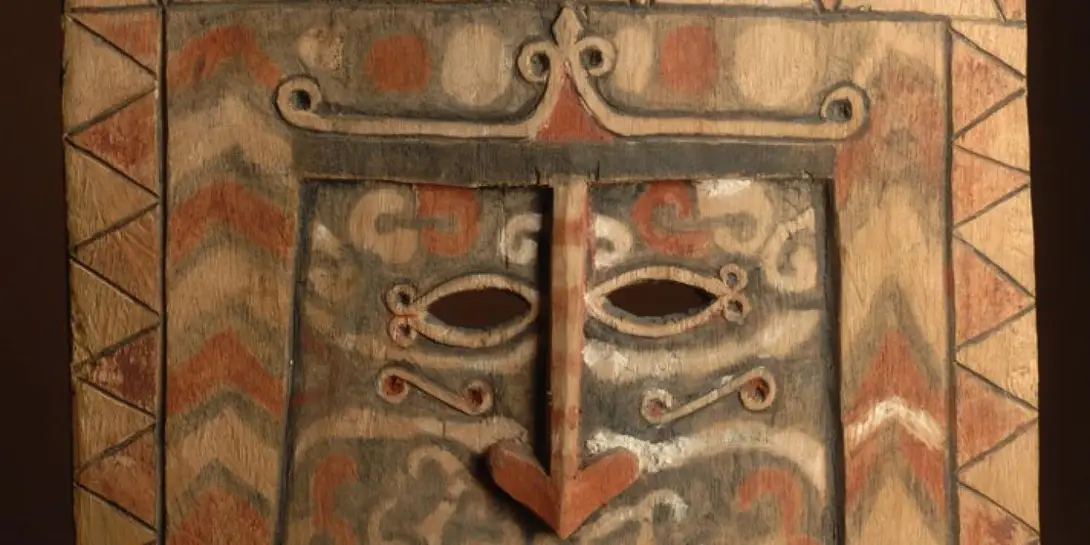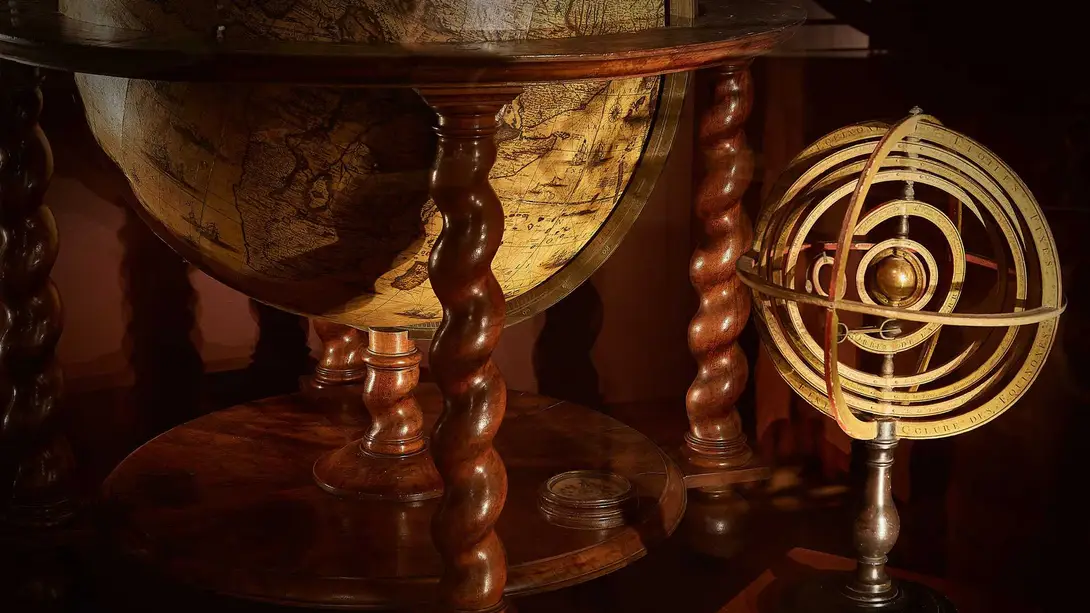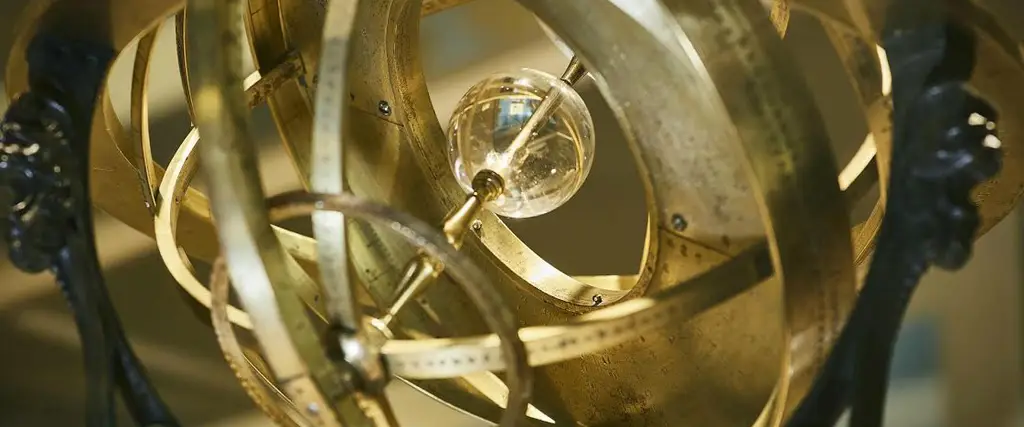
Florence City of Science
Do you think Florence is only a city of Art? Well, actually no… it is also an amazing city of Science! There are many science museums in town: zoology, astronomy, mathematics and more! That's perfect for science lovers of all ages.
First and for all we talk about the Museum of Natural History with its 4 centuries of history and 10 millions of specimens. One of its most famous section is “La Specola”, founded in 1775, it is the oldest science museum of Europe, boasting an amazing collection of wax anatomical models, made between the 17th and 19th centuries, and an amazing and very representative range of animal specimens.
Just a few minutes far from the Academy Gallery it is possible to visit the Geology and Palaeontology section of the Natural History Museum, perfect for children who love prehistory! This section contains paleontological specimens of the utmost importance: invertebrates, vertebrates and various mammals. In the same building there’s also the Mineralogy and Lithology Museum, containing around 50,000 items.
Nearby there’s the ancient Botanical Garden “Il Giardino dei Semplici” where it is possible to admire species of plants from all over the world. Some are over a hundred years old, like the cycads and the palms, some other species, medicinal, carnivorous and aquatics plants, have been recently added or enriched.
Another amazing place is the Planetarium of the Science and TechniqueFoundation, ideal for astronomy enthusiasts and for all those who want to learn more about celestial phenomena.
Moving towards Duomo square, we find the Anthropology and Ethnology Museum, which houses collections of works of art and crafts deriving from various regions of Africa, Asia, Oceania and the Americas.
If we talk about Science we can’t forget to mention Galileo Galilei and his museum, which is in Piazza dei Giudici, next to the Uffizi Gallery. It is a place where everybody can experience and play with science: you can find out how a lightning rod works, discover levers and barometers, measure space and be hypnotized by optical phenomena. All the items displayed here were collected by the Medici and Lorena families; of utmost importance are Galileo Galilei’s original telescopes and writings.
Comune di Firenze
The places
Stages
Museo di Storia Naturale dell'Università di Firenze - Zoology - La Specola
La Specola Museum, which is part of the Natural History Museum of the University of Florence, is the oldest scientific museum open to the public: it will celebrate its 250th anniversary in 2025!
The Museum's collections are directly descended from the Medici collections, which did not only cover art but also exhibits of naturalistic interest and mirabilia. The Specola takes its name from the astronomical observatory established here by Grand Duke Peter Leopold of Lorraine in the in the observation tower (specola).
Among the museum halls that can be visited by appointment is the Tribuna di Galileo, dating back to 1841, decorated with frescoes and marbles illustrating Italian scientific discoveriesfrom the Renaissance to Alessandro Volta.
The museum is unique because of its collections: an extraordinary zoological collection that offers an almost complete view of existing animals, as well as extinct ones; the anatomical wax halls made in the museum's workshop in the 18th-19th centuries include the works of Gaetano Zumbo and Clemente Susini; and the Hall of Skeletons, an evocative space dedicated to vertebrates large and small. These exhibitions are complemented by two new visit routes - Botanical Waxes and Mineralogy.
A science-themed museum that boasts an extraordinary wealth of interest, both for adults and children, for the zoology section and for the minerals, some of them large, from all over the world. Please, check the museum's website for guided tours and activities for families with children.
Museo di Storia Naturale dell'Università di Firenze - Geology and Paleontology
The exhibition is dedicated to the fossils of large mammals, mollusks, and plants that illustrate the history of paleontology and are precious witnesses of the Earth's past.
Of great impact are the skeletons of southern mastodons and mammoths. There are also skeletons of a cavern lion, a leopard, a saber-toothed tiger who lived millions of years ago in Tuscany when the area was a savannah. Visitors can also admire skeletons of sirenians, large ancient herbivorous aquatic mammals, distant relatives of the elephants, and progenitors of the Dugongidae and the Lamantines still present in the Atlantic and the Indian Ocean.
The exhibition wraps up with the modern Sala della balena (the Whale Room), an immersive space in which the visitor can walk "on the bottom of the sea", next to the 10-metre long skeleton of a Balenopteridae lived three million years ago and today exhibited with the remains of the animals that have fed on the carcass, from the great sharks to the very small bone-eater worms.
The museum's website provides the schedule for guided tours and activities for families with children.
Museo di Storia Naturale dell'Università di Firenze - Botanical Garden, Giardino dei Semplici
The Botanical Garden, called also “Giardino dei Semplici”, created by the Medicis as a garden for medicinal plants (the “Simples”) in 1545, are among the oldest Gardens in the world. Between the 16th and 17th centuries, it enjoyed a period of great splendour. It covers an area of over two hectares, indoors and outdoors.
In its warm and cold greenhouses, built in the nineteenth century and the largest in Italy, are placed tropical and subtropical plants including the collections of Cicadae, of particular interest, Ficus, Palms, an ancient collection of citruses, succulent and aquatic plants, in addition to a rich collection of plants for traditional ethnobotanical uses.
Outdoors we find the vast collection of edible plants, the flowerbeds of medicinal and poisonous plants, the Zen garden and two acclimatization beds for exotic palms and Cicadae, hydrangeas in numerous varieties, the historical collection of azaleas, the pools with aquatic plants, among which there are species worthy of conservation, in addition to the lotus flowers and water lilies. Three display cases contain a small collection of carnivorous plants.
In the Garden, there are more than 200 trees, among which the magnificent 5 monumental trees, including the yew, planted in 1720 - the oldest specimen in the garden - and the cork oak of 1805.
Museo della Fondazione Scienza e Tecnica
The Foundation has two main groups of items originating from the 19th-century collections of the Cabinet of Physics and the Cabinet of Natural History, together with the Technology Museum of the Tuscan Technical Institute.
The collection of the Cabinet of Physics has been reorganized in the rooms provided for it back in 1891, making the most of the original fittings. The collections of the Cabinet of Natural History comprise a vast number of items – over 47,000 in all – covering all the most important fields of natural history, and are of great educational value.
Lectures and meetings are held periodically in the Planetarium.
The foundation organizes activities for school groups and, every weekend, workshops and guided tours for children and families.
Museo di Storia Naturale dell'Università di Firenze - Anthropology and Ethnology
The Museum was founded in 1869 by the anthropologist Paolo Mantegazza who pursued the intent to collect the testimonies of human diversity: 18 rooms display prestigious and rich ethnographic collections, a document of great importance of the world's cultures.
There are objects of all kinds that illustrate the customs and traditions of various peoples: clothes, clothing accessories, ornaments and jewels; architectural elements, boats, idols and amulets; offense, defense and hunting weapons; tools for agricultural production, for fishing and for domestic life; home furnishing objects; musical instruments; liturgical objects of different cults; books, paintings and manuscripts. The oldest collections date back to the sixteenth and seventeenth centuries. They come from the collections of the Medici family who gathered refined objects from the New World.
Galileo Museum
The museum, formerly the ‘Museum of the History of Science’ of Florence, is dedicated to the famous Tuscan scientist, Galileo Galilei, to whom we owe great astronomical discoveries and the birth of the scientific method. It is a museum derived directly from the Museum of Physics and Natural Sciences commissioned by Pietro Leopoldo of Lorraine. It is organised according to chronological and thematic criteria and houses the main nuclei of the Medici (15th to 18th centuries) and Lorraine (18th and 19th centuries) collections of scientific instruments.
The themes range from astronomy to the measurement of time and space, from geography and cartography to meteorology, from mechanics to optics, from electricity and magnetism to chemistry and pharmacy. Of particular interest are the Renaissance mathematical and astronomical instruments and the section dedicated to Galileo, with frescoes and bas-reliefs depicting Galilean discoveries and the great scientist's instruments.
The museum offers a rich programme of educational activities, guided tours and workshops for children and families.
